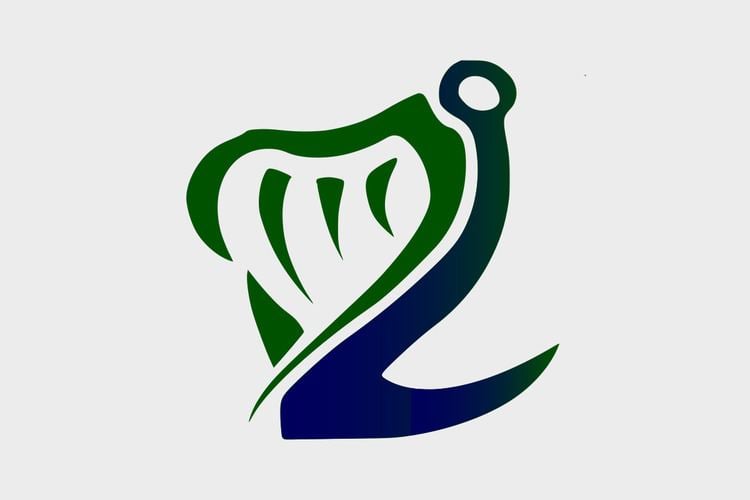Formed 1822 Headquarters Leeson Lane, Dublin 2 | Website [1] | |
 | ||
Minister responsible Shane Ross, Minister for Transport Agency executive Chris Reynolds, Director | ||
The Irish Coast Guard (IRCG; Irish: Garda Cósta na hÉireann [ˈɡaːɾˠd̪ˠə ˈkoːsˠt̪ˠə]) is part of the Department of Transport. The primary roles of the Coast Guard include maritime safety and search and rescue. The Irish Search and Rescue Region, which includes most of the Republic of Ireland and some parts of Northern Ireland, is the area over which the Coast Guard has responsibility. This area is bordered by the UK Search and Rescue Region.
Contents
Role and status
The Coast Guard is responsible for:
The Coast Guard operates as a Division of the Department of Transport under the Maritime Safety Directorate. Together with the Mercantile Marine Office, the Maritime Safety Directorate comprises two main sections, the Maritime Safety and Marine Environment Division (MSED) and the Marine Survey Office (MSO):
Unlike coastguard models in some other countries, in Ireland it is not part of the Irish Defence Forces. It does however call on their assistance through the use of its Air Corps and Naval assets. Also, while in some jurisdictions fisheries patrols are the responsibility of the Coast Guard, in Ireland, these are carried out by the Irish Air Corps and Irish Naval Service and drug smuggling patrols by the Irish Air Corps, Customs, Gardaí and the Naval Service. (However, all the above government services can at any time request assistance from each other when needed.)
Members
Members of the Coast Guard are forbidden from carrying any type of weapons and have no security or defence duties in respect of national police or defence.
Coast Guard personnel include full-time paid employees, and unpaid volunteers. For example, a member of the Coast Guard, Caitriona Lucas, who died while on a rescue/recovery mission in County Clare in 2016, was a volunteer.
Not all Irish Coast Guard members have enforcement powers – only some officers under warrant.
History
The coast guard was first formed in Ireland in 1822, while the island was a constituent part of the United Kingdom. During this period it played revenue protection and coastal defence roles, as well as forming part of the naval reserve. In 1923, following the formation of the Irish Free State, the Coast Lifesaving Service (CLSS) was established. This was later renamed the Coast and Cliff Rescue Service (CCRS), before becoming known as the Irish Marine Emergency Service (IMES) in 1991, and finally being renamed as the Irish Coast Guard (IRCG) in 2000.
The Irish Coast Guard and Blacksod Lighthouse were commemorated on the 70th anniversary of D-Day (the allied invasion of Normandy). Irish Coast Guardsman and lighthouse keeper Ted Sweeney was credited with assisting in the success of the invasion. His weather report from the Coast Guard station convinced General Dwight D Eisenhower to delay the D-Day invasion. While remaining neutral during World War II, Ireland had continued to supply weather reports to Britain under an agreement in place since Independence. D-Day had been scheduled to commence on 5 June 1944, but Sweeney's report of approaching weather fronts caused Eisenhower to delay the invasion until 6 June 1944, when conditions were more favorable.
Equipment
The IRCG operate rescue boats, rigid inflatable boats and other search and rescue vehicles and equipment from coastal stations around Ireland.
The IRCG also operate a number of contracted Sikorsky Search and Rescue helicopters from bases in Dublin (RESCUE116), Waterford (RESCUE117), Shannon (RESCUE115) and Sligo (RESCUE118). These helicopters are contracted from CHC Helicopter - a contract which was controversial and costs the state €50 million per year. A similar SAR contract involving CHC was cancelled in the UK in 2012 as a result of alleged 'irregularities'. Under the €500 million contract, from 2010, a previous fleet of Sikorsky S-61N helicopters were replaced with five newer Sikorsky S-92 helicopters. One of the new S-92 helicopters is located at each of the four IRCG bases, with one spare replacement aircraft being rotated between bases.
The first operational S-92 helicopter was delivered to the Irish Coast Guard in January 2012 and given the registration EI-ICG. After a period of training and pilot conversion (from the S-61N type), this helicopter was given call-sign "RESCUE115" and replaced the S-61N that was previously based at Shannon.
The five S-92's were given the registrations EI-ICG, EI-ICU, EI-ICA, EI-ICR, EI-ICD – with the last letter of each registration spelling out "GUARD". As of late 2016, the S-92s were deployed as: Callsign Rescue 118 operating from Sligo, Rescue 117 operating from Waterford, Rescue 115 operating from Shannon, and Rescue 116 operating from Dublin. Each of the five aircraft are rotated between the four rescue teams, with one spare aircraft. While EI-ICG was delivered as "factory new" from Sikorsky in the US, the other S-92 aircraft were ex-UK Coastguard equipment.
